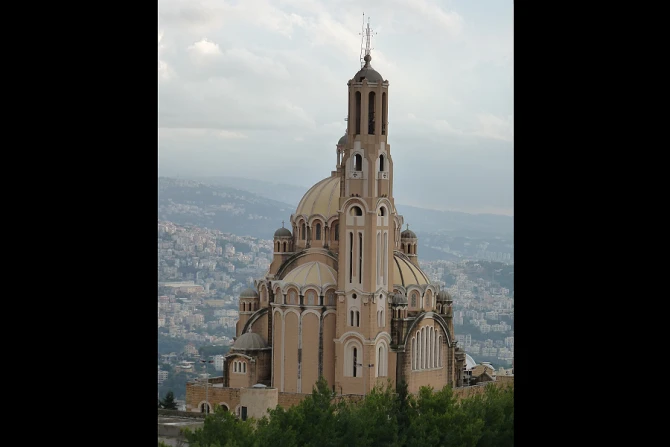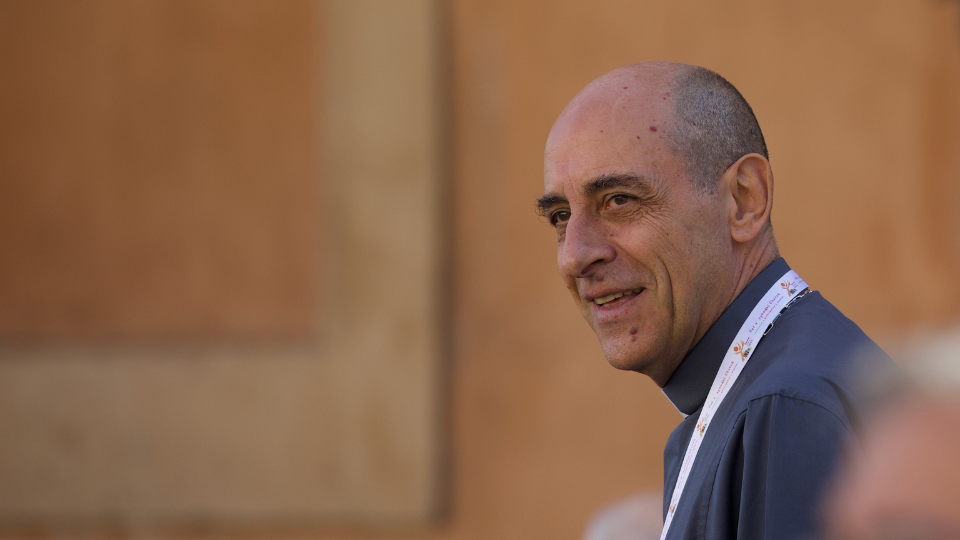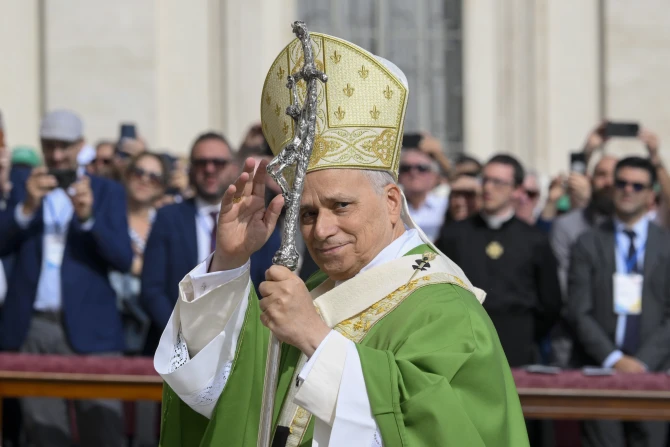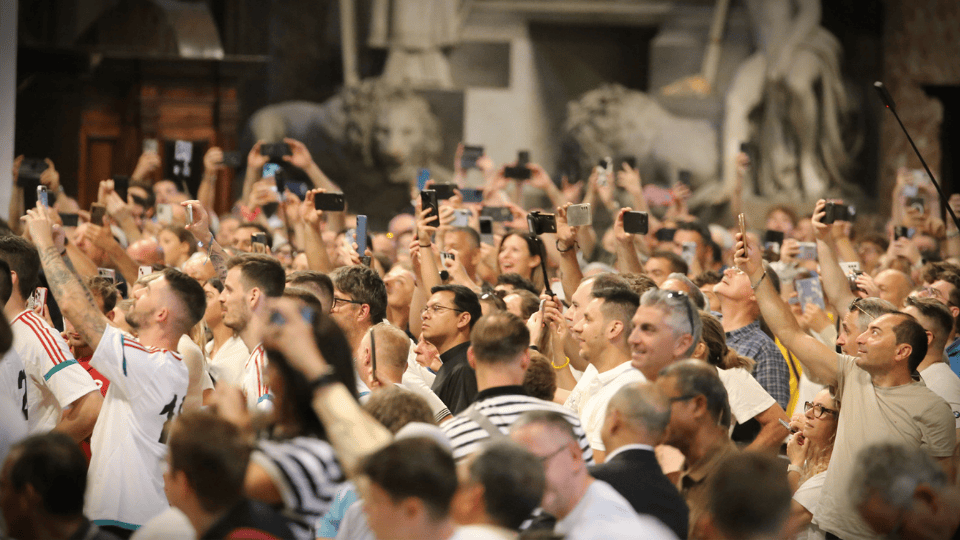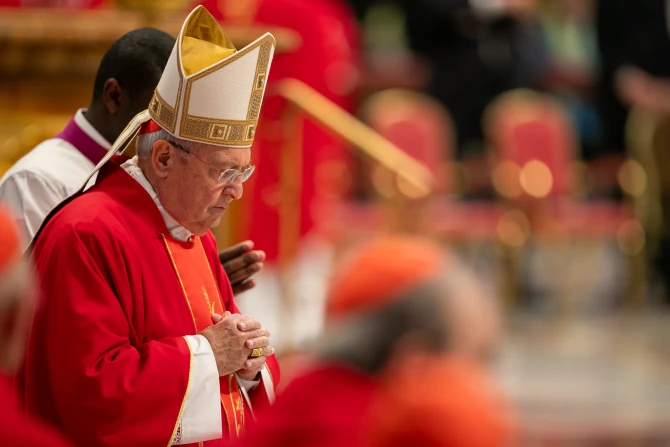The Dicastery for the Eastern Churches has prepared a pastoral guide for the 2025 Jubilee of the Eastern Churches, to be celebrated May 12–14, in order to make known the richness of the Christian traditions of the Eastern world.
According to Cardinal Claudio Gugerotti, prefect of the Dicastery for the Eastern Churches, this is a tool designed to “integrate a new dimension to the Roman experience of pilgrimage” that will adapt the identity of the Eastern Churches “according to the spirituality of each one.”
In an interview with Vatican News, the cardinal specified that this document is addressed to the Eastern Churches, “indicating to them that there are specific riches in their traditions that the jubilee can bring out clearly … above all, in this moment of grave difficulties for all the Eastern Churches — Middle East, Ukraine, Egypt, Ethiopia, Eritrea.”
The guide — which can be found on the website of the dicastery — also includes part of the history of Rome during the reign of the Eastern Roman Empire, which culminated with the fall of Constantinople and the conquest of the rest of the Byzantine territories by the Ottoman Turks in the 15th century.
From this part of the document it is clear that the Church of Rome “has been strongly inhabited by Eastern communities that have long retained their own specificity.” In particular, Gugerotti provided interesting data such as the fact that there were “11 Greek popes and almost a dozen Syriacs,” which proves that “it was not a marginal presence.”
“Rome, ‘caput mundi’ (the capital of the world), was also a city in which the Easterners identified themselves as integrated into their structure and not simply as small migrant communities,” he explained.
The pastoral guide also contains specific guidelines for the Eastern Churches to live this time of grace “with awareness and courage and thus be credible witnesses of hope,” Gugerotti said.
He emphasized that the document is also useful for Westerners to “understand that there are very ancient forms of expression of Christianity, from the time of Christ himself … that constitute the unity in diversity of Christian identity.”
In this way, he emphasized that Christianity is not a “monolithic” reality.
“We also saw this in the recent synod [of bishops], a plural reality in which we may not even understand each other, not out of ill will but because of different roots. Being together, exchanging each other’s peculiarities, was one of the great discoveries of the synod,” he said.
In his opinion, the artistic and cultural heritage of the Eastern Churches is not sufficiently known.
“Decades ago, a document from the then-Congregation for Catholic Education prescribed that all Latin seminaries should teach about the Eastern Churches. But it is probably one of the most ignored documents of the many that the Holy See has produced,” he noted.
To make up for this lack of knowledge, the new pastoral guide proposes pilgrimage itineraries to better understand the traces of the Eastern presence in Rome.
He thus proposed a list of the most significant Eastern holy places, such as the Church of St. Mary in Cosmedin, which is run by the Greek-Melkite Church and where the liturgy is in Greek and some small parts in Arabic.
Gugerotti pointed out that although they are little known, there are “numerous colleges attended by Eastern seminarians — for Romanians, Ukrainians, Byzantines in general, Greeks, Armenians, Syro-Malabars and Syro-Malankars, [and] Maronites.”
On the other hand, he explained that a special college was created a few years ago for the Eastern nuns who study in Rome. “Afterward, various places of worship were entrusted to or built for Eastern Catholics and also for Eastern Orthodox,” he said.
This article was originally published on Catholic News Agency.

